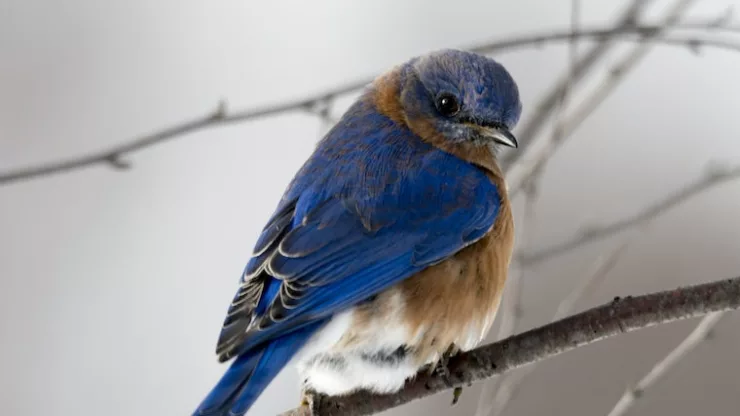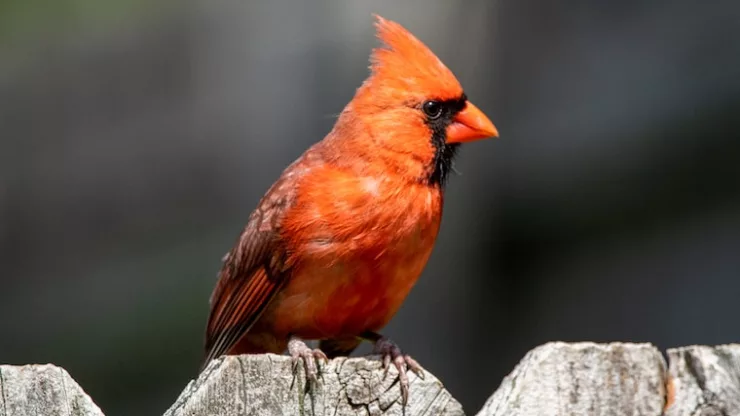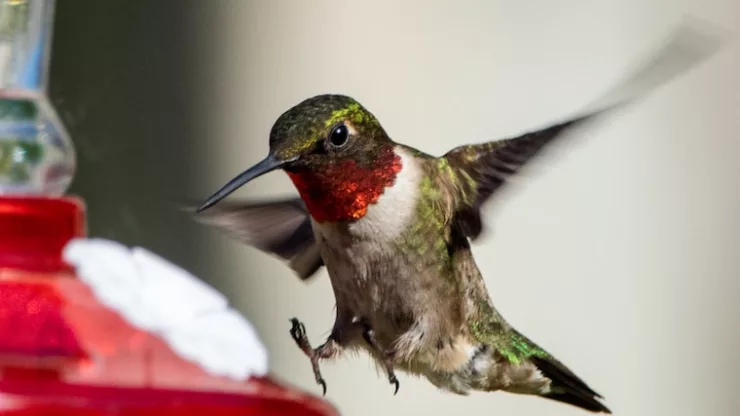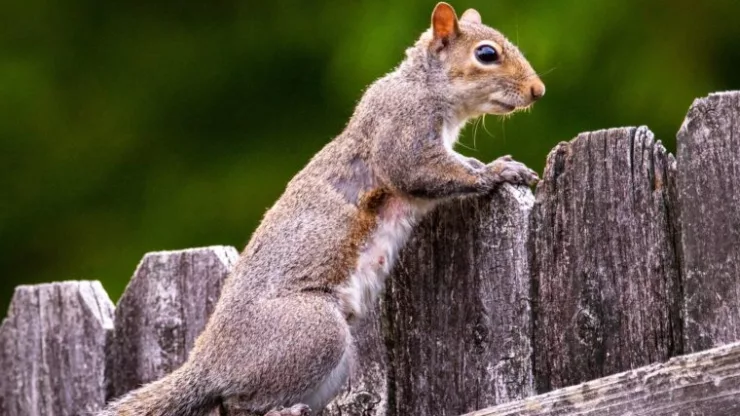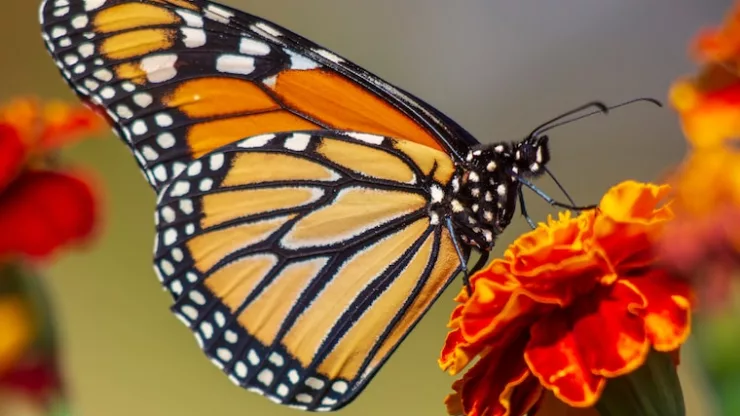Jump to Section
Introduction to Backyard Birding
Backyard birding, or birdwatching, is a popular and rewarding hobby that connects you with nature and the beautiful world of birds.
It’s an activity anyone can enjoy, regardless of age or skill level.
In this article, we’ll explore the benefits of backyard birding, how to get started, common birds you might encounter, birdwatching tips and techniques, and the role of citizen science in bird conservation.
Benefits of Backyard Birding
Birdwatching offers numerous benefits, including:
- Relaxation: Observing birds can be a calming and therapeutic experience, helping to reduce stress and anxiety.
- Physical activity: Walking around your backyard or local park encourages low-impact exercise and fresh air.
- Mental stimulation: Identifying birds and learning about their behaviors can keep your mind sharp.
- Environmental awareness: As you learn about birds and their habitats, you’ll become more attuned to environmental issues and conservation efforts.
- Social connection: Birdwatching can be a shared activity with friends and family or through local birding clubs.
How to Get Started
Choosing the Right Location
Your backyard is a great place to begin your birdwatching journey.
If you don’t have access to a yard, try a nearby park, community garden, or nature reserve.
Setting Up Bird Feeders and Baths
Attract birds to your yard by providing food, water, and shelter.
Set up bird feeders with a variety of seeds, suet, and nectar to cater to different bird species. Provide a bird bath for drinking and bathing, and clean it regularly to prevent the spread of diseases.
Planting Bird-Friendly Plants
Incorporate native plants, shrubs, and trees in your backyard to provide natural food sources, shelter, and nesting sites for birds.
Select plants that produce berries, seeds, or nectar, and choose a variety of plants that bloom or fruit at different times of the year to ensure a consistent food supply.
Providing Nesting Sites
Offer nesting sites by installing birdhouses, leaving dead trees standing, or creating brush piles.
Common Backyard Birds to Look For
Northern Cardinal
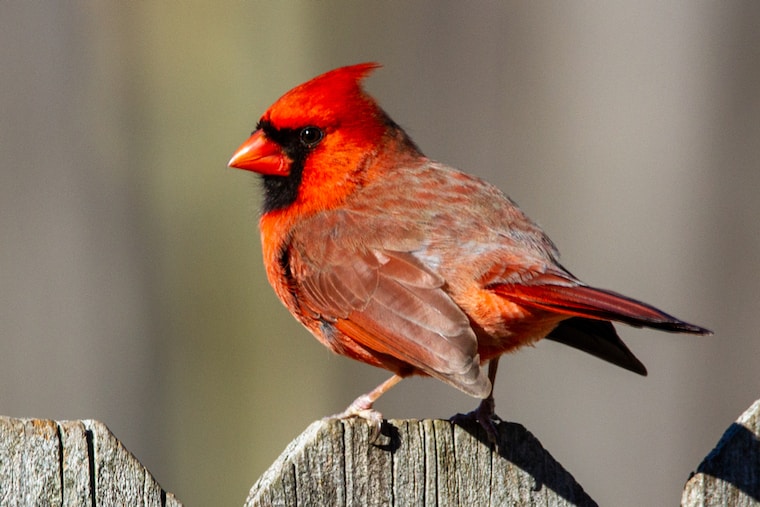
The Northern Cardinal is a striking, bright red bird with a crest on its head and a black mask around its eyes.
Both males and females sing, making them easy to locate by sound.
American Goldfinch
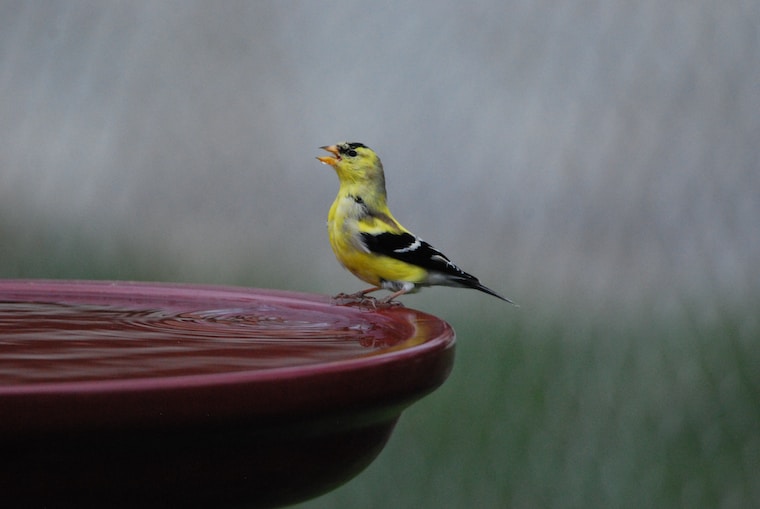
The American Goldfinch is a small, bright yellow bird with black wings, a black cap, and a cheerful song.
They are often found in flocks, feeding on thistle and sunflower seeds.
Blue Jay
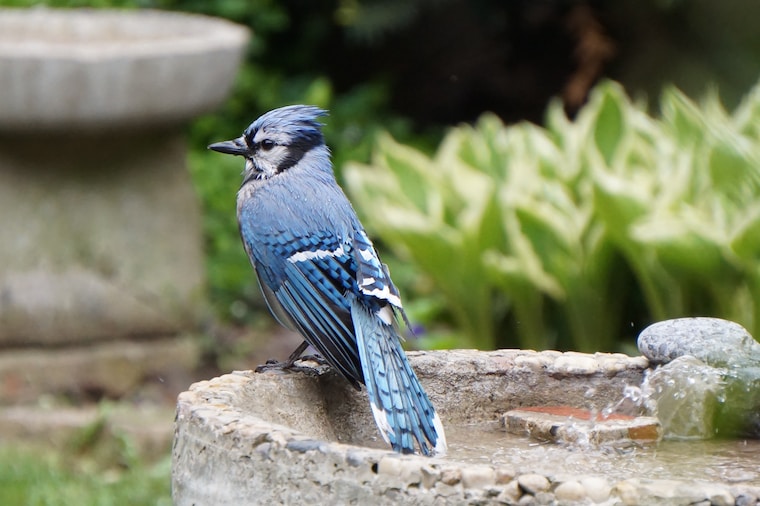
The Blue Jay is a bold, noisy bird with a distinctive blue, black, and white plumage.
They are known for their striking appearance and intelligence, often mimicking the calls of other birds.
Black-capped Chickadee

The Black-capped Chickadee is a tiny, friendly bird with a black cap, white cheeks, and a gray back. Their distinctive “chick-a-dee-dee-dee” call makes them easy to identify.
Birdwatching Tips and Techniques
Identifying Birds by Sight and Sound
Learning to identify birds by their appearance, behavior, and songs is a rewarding aspect of birdwatching. Start with common birds in your area and gradually expand your knowledge.
Websites, smartphone apps, and field guides can help with identification.
Using Binoculars and Field Guides
Investing in a good pair of binoculars will greatly enhance your birdwatching experience. They allow you to observe birds up close without disturbing them.
Field guides provide information on bird species, including images, descriptions, and distribution maps.
Keeping a Birdwatching Journal
Document your birdwatching experiences in a journal. Record the date, location, weather conditions, and any bird sightings or sounds.
This will help you track your progress, notice patterns, and create lasting memories.
The Role of Citizen Science
Birdwatchers can contribute to bird conservation and scientific research by participating in citizen science projects.
Programs like eBird, Project FeederWatch, and the Great Backyard Bird Count collect data from birdwatchers, helping scientists monitor bird populations, track migration patterns, and identify threats to species.
Conclusion
Backyard birding is a fulfilling hobby that allows you to connect with nature, learn about birds, and contribute to their conservation.
By providing food, water, and shelter, you can attract a variety of birds to your backyard and enjoy their beauty and songs.
By developing your birdwatching skills and participating in citizen science, you’ll not only deepen your appreciation for birds but also make a positive impact on their well-being.
FAQs
- How can I make my backyard more attractive to birds?Provide a variety of food sources, clean water, shelter, and nesting sites by setting up bird feeders, baths, native plants, and birdhouses.
- What type of bird feeder should I use?Different bird species prefer different types of feeders. Tube feeders for small seeds, hopper feeders for mixed seeds, and suet or nectar feeders can attract a variety of birds.
- When is the best time for birdwatching?Early morning and late afternoon are ideal times, as birds are most active during these periods. However, birdwatching can be enjoyed at any time of day.
- Do I need any special equipment for birdwatching?While not essential, a pair of binoculars and a field guide will greatly enhance your birdwatching experience.
- How can I get involved in citizen science projects related to birdwatching?Programs like eBird, Project FeederWatch, and the Great Backyard Bird Count are open to birdwatchers of all skill levels. Visit their websites for more information on how to participate.
I’m a nature enthusiast and creator of Metro Wilds and have spent years exploring the great outdoors.
With a passion for environmental conservation and sustainability, I have dedicated my career to writing about the beauty and wonders of nature, as well as the threats facing our planet.
Contact me at [email protected] for assistance.

